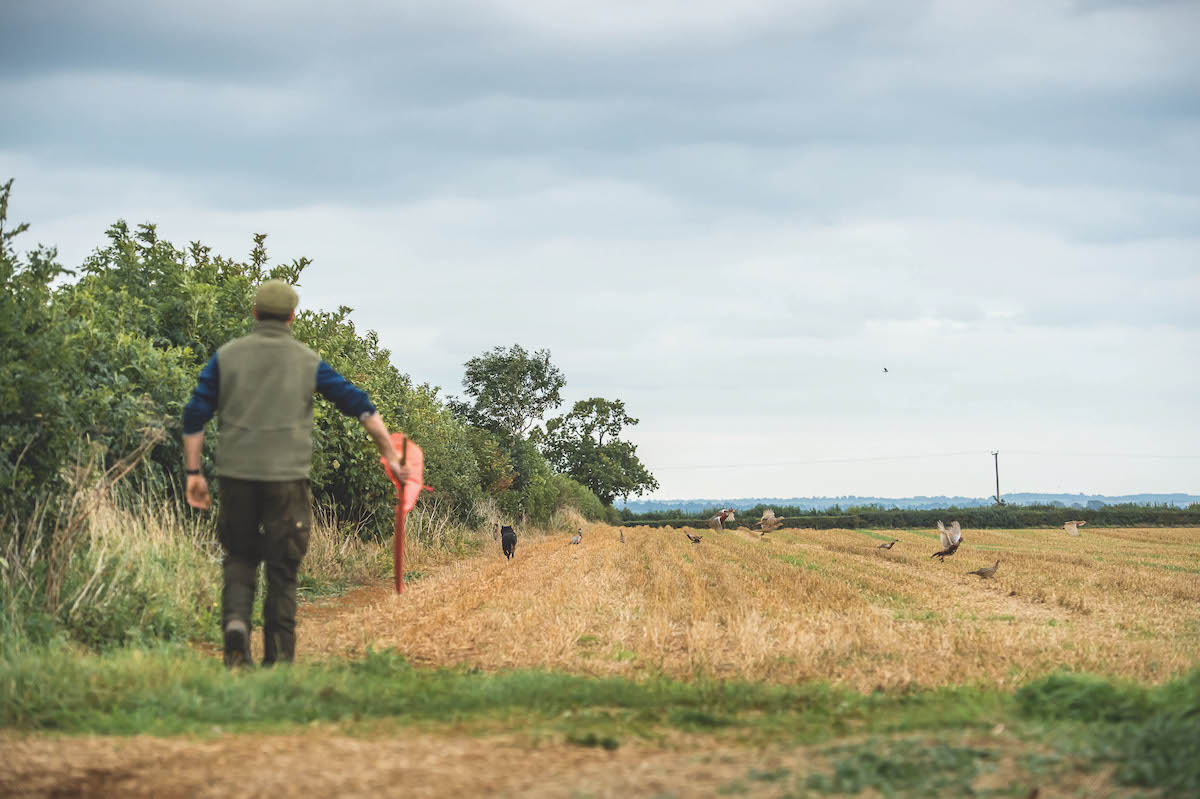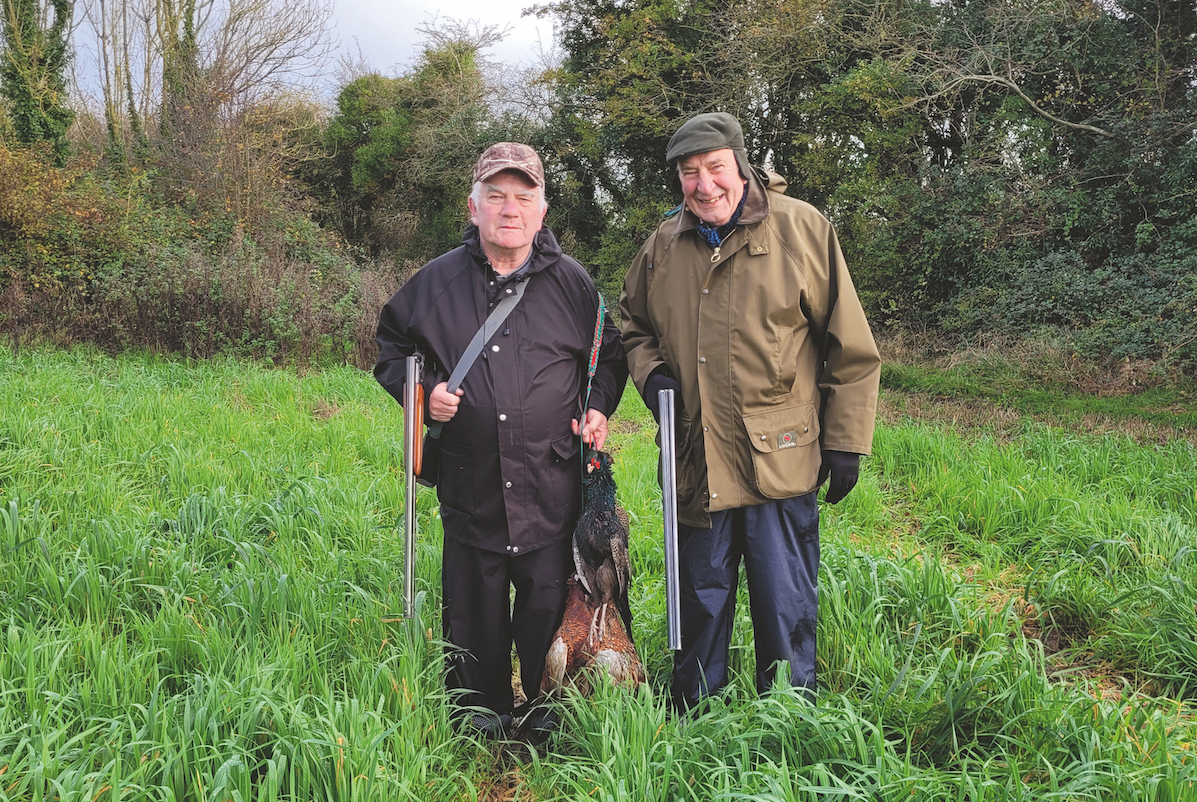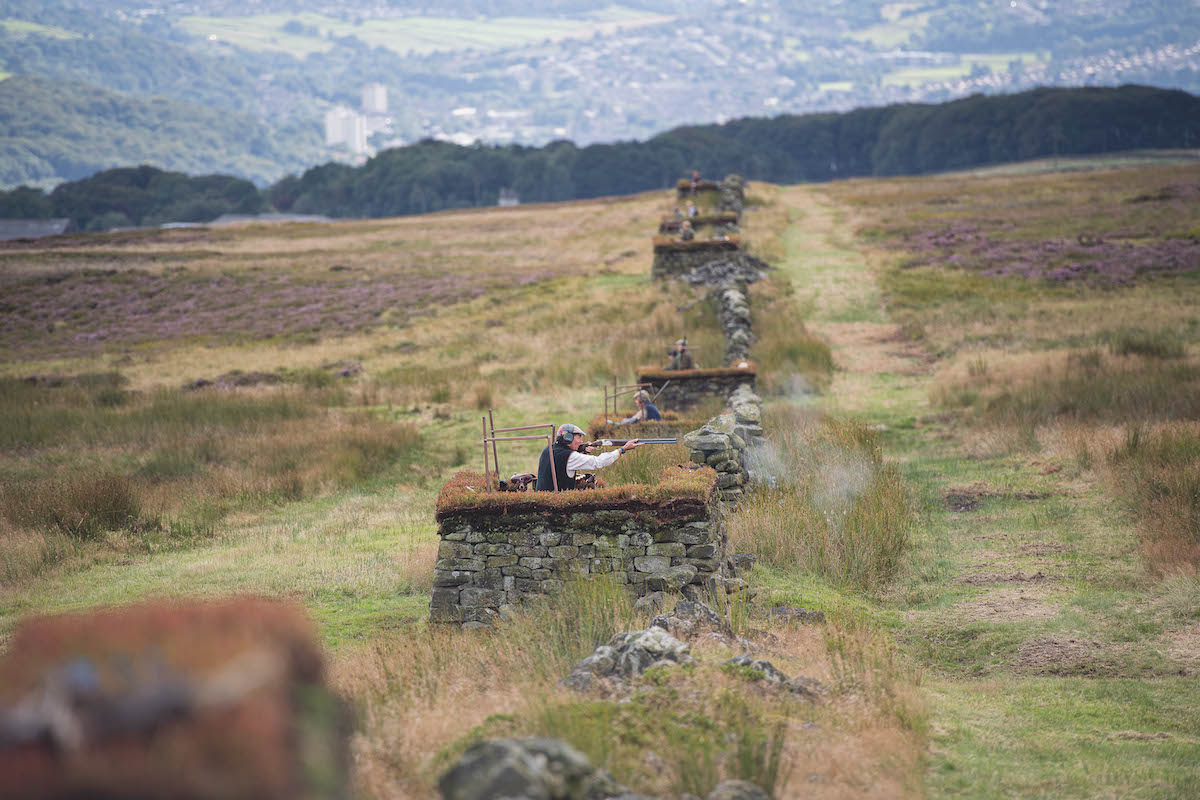How to keep your pheasants close to home
Now is the time to keep a watchful eye on your gamebirds, says Liam Bell, to ensure the older, more confident pheasants actually stay put

October is a month that will test the nerves of the best of us. The birds we have looked after all summer become secretive and start to drift away. They go off their food, and the few you do see are usually anywhere but where you want them. It is easy to become despondent when they are doing this, and forget that they probably did exactly the same thing last year, the year before and almost certainly the year before that. (Read more on building the perfect pheasant pen.)
Keeping pheasants close to home
October is the month pheasants find their feet, colour up and grow up. And cause us no end of worries because we want to keep our pheasants close to home. The drifting off in late summer and early autumn is harder to keep an eye on than the early season dogging-in when the birds were younger and heading towards the boundaries in bigger groups. The days are shorter, and it is sometimes difficult to fit everything in if you are a full-time keeper, never mind having to try to fit it all in around a day job.
If you have the time or someone in your shoot has the time to push these smaller groups of older birds back, keep at it, and focus on the boundaries. Forget what’s happening in the middle for now, and concentrate on keeping them on the shoot. There is plenty of time to get them where you want them, and if they are still a bit spread out when you make a start it will be no bad thing. Lighter drives early on will help even the shooting out over the rest of season. Regular weekly or fortnightly bags are always preferable to the feast and famine of big November days and a desperate birdless January.

Spreading some straw can be a good way to concentrate your birds in one area
The draw of straw
If you want to see more of your birds and keep your pheasants close to home, you might want to think about putting a bit of straw down. Straw has always been a draw for pheasants, even ones that aren’t particularly hungry. Which doesn’t mean it will pull them in for miles, or encourage them across the boundary from your neighbours’ coverts, more that it will concentrate the ones you already have in a specific area. A few cut and scattered bales here and there, with a bucket of wheat strewn over it to give them something extra to peck at, will help draw them together and keep them in one place.
If you can’t get hold of the small bales, buy a big one, cover it up with a sheet and take the wedges off as you need them. Be careful not to overdo it, though, and spend a bit of time deciding where to put it. It needs to be somewhere bright and sunny and out of the wind, and not too far into a wood or cover crop or it will get ignored. It wants to be somewhere where you are already seeing a few birds, and away from prying eyes.
Don’t use straw in ancient or semi-ancient woodland though, as it will increase the soil’s nutrients and alter the pH as it rots down, and adversely affect fungi, wild flowers and many other types of woodland plant. It should also be remembered that spreading it on Sites of Special Scientific Interest (SSSI) and Special Protection Areas (SPA) is illegal. Keep it for your cover crops, new plantations and blocks of commercial woodland.

Though birds are off their food at the moment, they will still pick at anything you’ve trailed
Check your hoppers
Even though the birds are off the feed at the moment, they will still be using the hoppers and picking at anything you’ve trailed. They won’t be eating much — in fact most of them will have just a peck or two and move on — but at least they are still eating, having remembered where the hoppers are, and are coming back. Which is why it is important that your hoppers are working, and that the food inside them is still fresh. Birds are not going to rush back for stale pellets or damp, smelly wheat.
If you aren’t seeing your birds and you are worried you have missed them when you have been dogging-in, and that they have moved on or been predated or poached, find the time to sit and watch a feed ride for 10 or 20 minutes, just to see what happens. In most cases, you will be pleasantly surprised. A quiet and apparently deserted ride will soon have a bird or two on it, if you sit still and don’t disturb things. (Read more on dogging-in here.)
They won’t be feeding hard. They’ll be wandering about. Pecking here and there. Maybe knocking a grain or two out of the hoppers and having a drink before moving on, but they will be there somewhere.
You’ll be able to tell if they are the same birds or not by keeping an eye on where they have come from, by counting them, noting where they are going and by picking up on any distinguishing marks. A dark cock, a light hen, a group of three with short tails, one of a gang of four with white tail feathers. You will be surprised how few birds are alike once you start looking.
First thing in the morning and last thing at night are probably the best times to have a sit, but the middle of the day is fine if it is the only time you are free. Watching the birds come off roost in the mornings, and listening to them going back up at night, is another way of gauging how many are there and whether you are keeping your pheasants close to home.
In the mornings, you won’t see them all because they will be heading off in different directions and you will only be able to keep an eye on one bit of the shoot at a time. In the evenings, you will see some and hear others, but you won’t see or hear them all because they will be spread out, and the hens make very little noise when they go up.
It may not be hugely accurate, but what it will do is give you a guide as to how many you have got on the ground and where. Which drives are busy and which are not. It’s enough of a guide to settle the nerves until they get back on the feed and start showing again.
This article was originally published in 2017 and has been updated.








